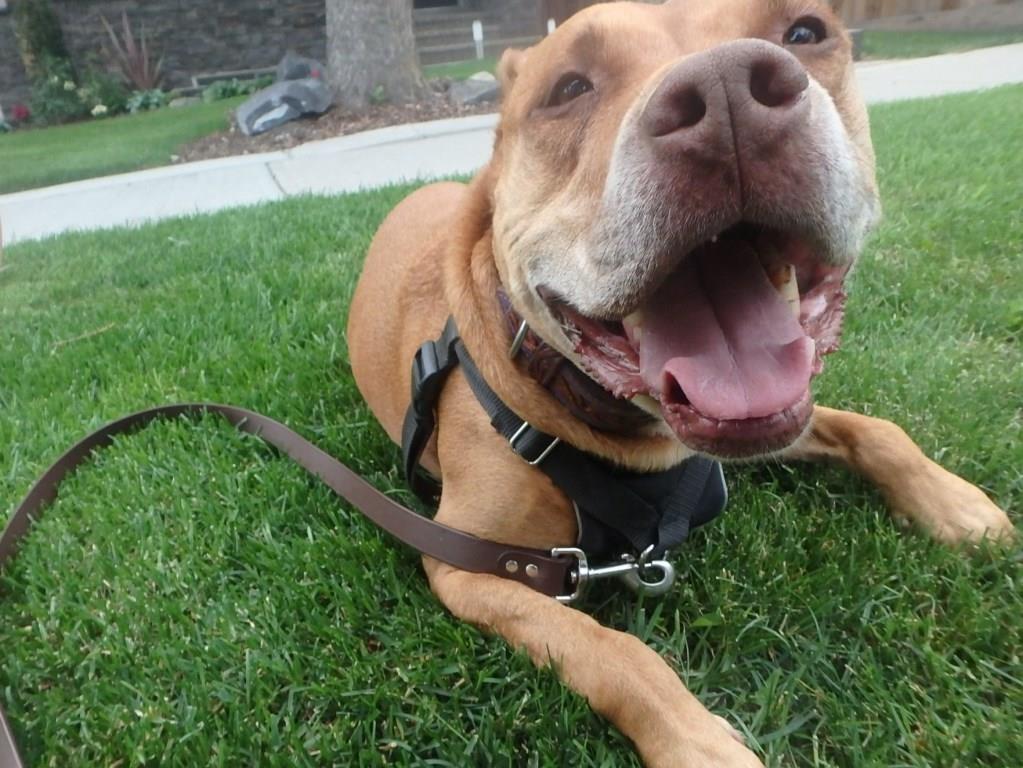The heat we’re experiencing right now in Calgary can be deadly, especially for our dogs. Previously I’ve written about the dangers of leaving your dog in the car.
Dogs are highly susceptible to heatstroke because they have limited physical mechanisms to cool themselves. They use panting and losing heat through their tongue, nose, and footpads rather than sweating like we do.
Certain breeds of dogs are more prone to heatstroke than others. Dogs with flat faces like pugs, bulldogs and Boston terriers have a hard time panting and can easily overheat. Also, dogs with heavy coats, older dogs, obese dogs, and puppies less than 6 months. Special attention needs to be paid as well to pets who are ill and pets on certain medications as they are at an even greater risk for overheating during the hot summer months.
Almost every case of dog heatstroke is preventable. Exercising and being left in a car are the most common causes of heatstroke in dogs. Dogs like to keep up with you while exercising and may not show signs they’re getting too hot until it’s too late. On a day where the temp is 24 C, the temperature inside a parked car—even with the windows open —can quickly climb to over 38 degrees C and cause the dog to overheat.
Dogs love to ride in the car, but you absolutely must resist the urge to let them accompany you during hot summer months. Unless you’ve made plans on what to do when you reach your destination. Once temperatures soar above 25 degrees C, your car becomes like a sauna. Even with the windows open, the temp inside the car can quickly rise to deadly conditions.
Never leave a pet in the car alone. It only takes a few minutes for the temperature to rise above 38 C, with and could have fatal consequences for your best friend. Every summer, emergency clinics and vet hospitals treat dying pets that often cannot be saved. These tragedies are completely preventable. Unless someone will be in the car at all times with your pet with the air-conditioning on, please leave your dog at home or have someone look after your dog for you.
Below are some tips how to prevent heatstroke in your dog from veterinarian and author Dr. Karen Halligan.
Dr. Halligan says “To keep your pet from overheating, don’t exercise your cat or dog during the hottest part of the day. Be observant of your pet when you do take it outside. Catching heat exhaustion early is the key to success in treating this all-too-common deadly condition. Exercise your pet either early in the morning or late in the afternoon and bring plenty of water with you. Before starting your walk, give the sidewalk a test with the palm of your hand. If it’s too hot to touch, it can burn your pet’s footpads and you should avoid this surface.
Stick to dirt paths, grass, or concrete surfaces. Keep your pet off of asphalt, which retains heat due to its composition and dark color; the tar base can melt and stick to the pads of your pet’s feet, causing burns. If you suspect that your pet has burned its paws, you need to take your pet to the vet right away. To help cool your pet at the end of a long walk, apply a cool, wet washcloth to the footpads.”

